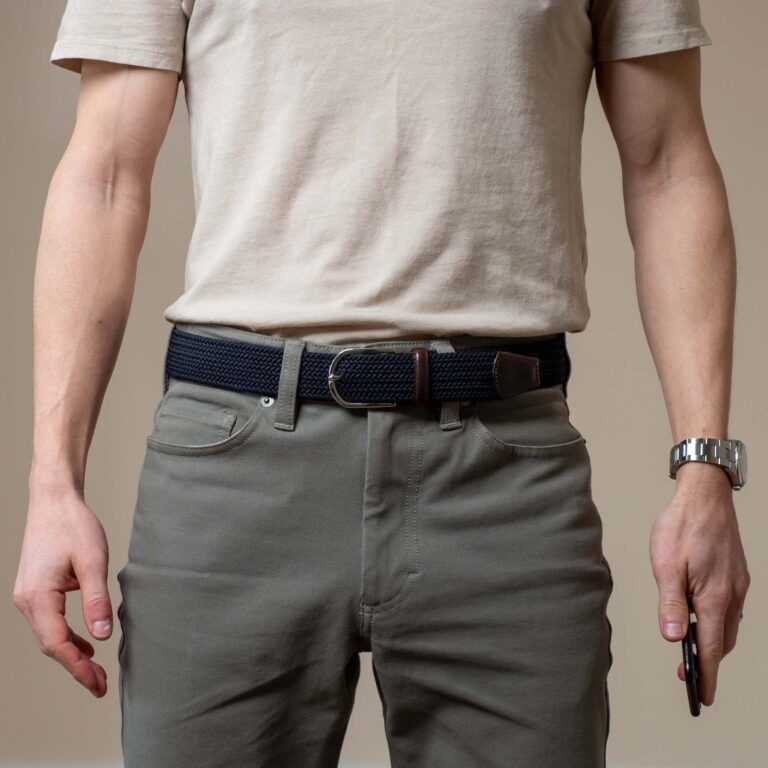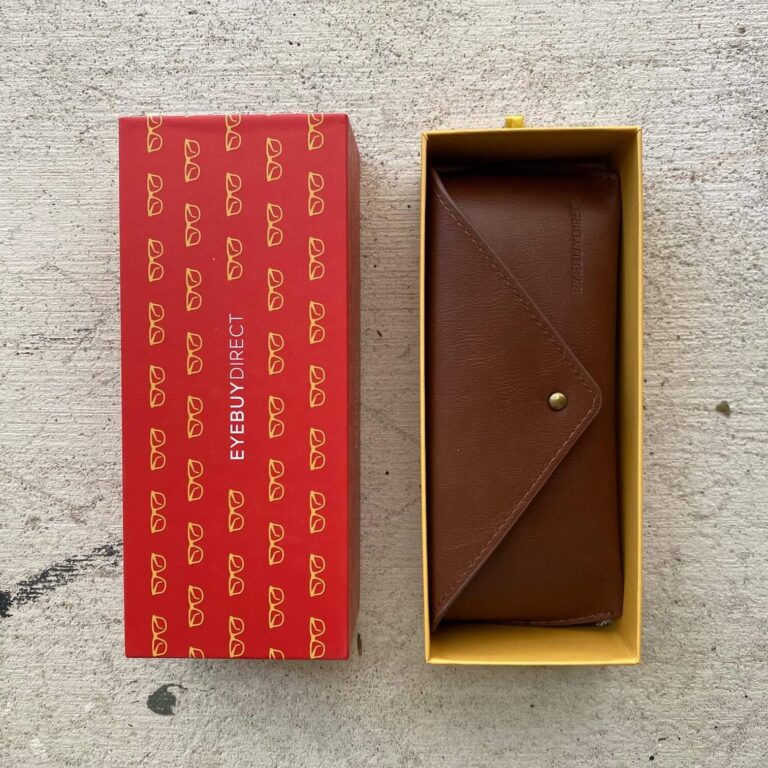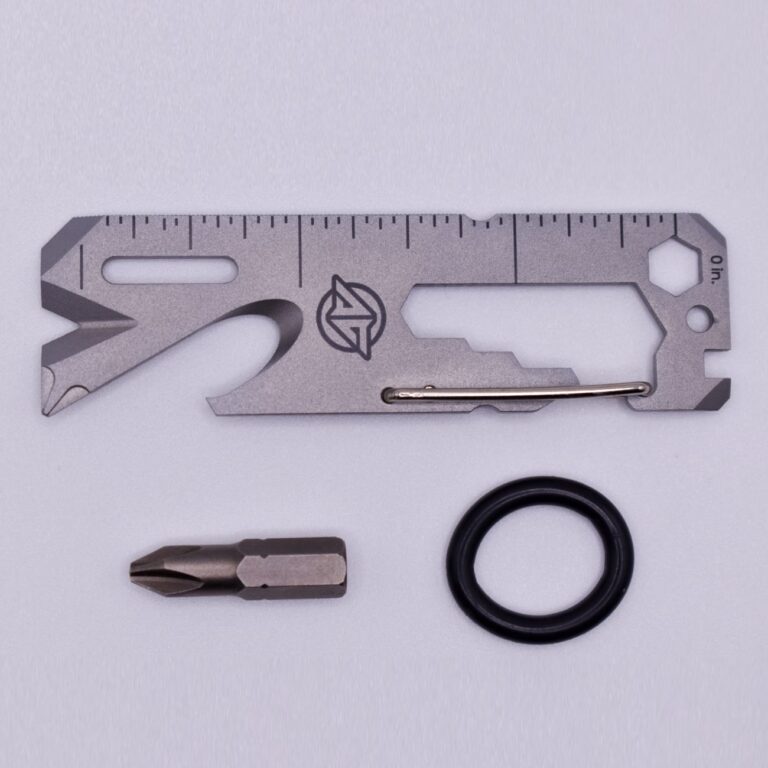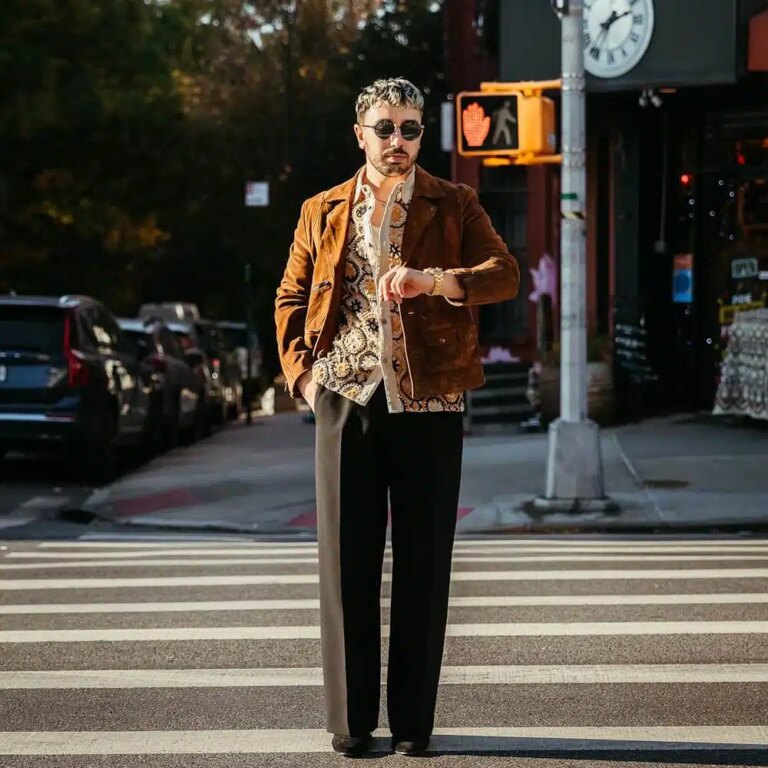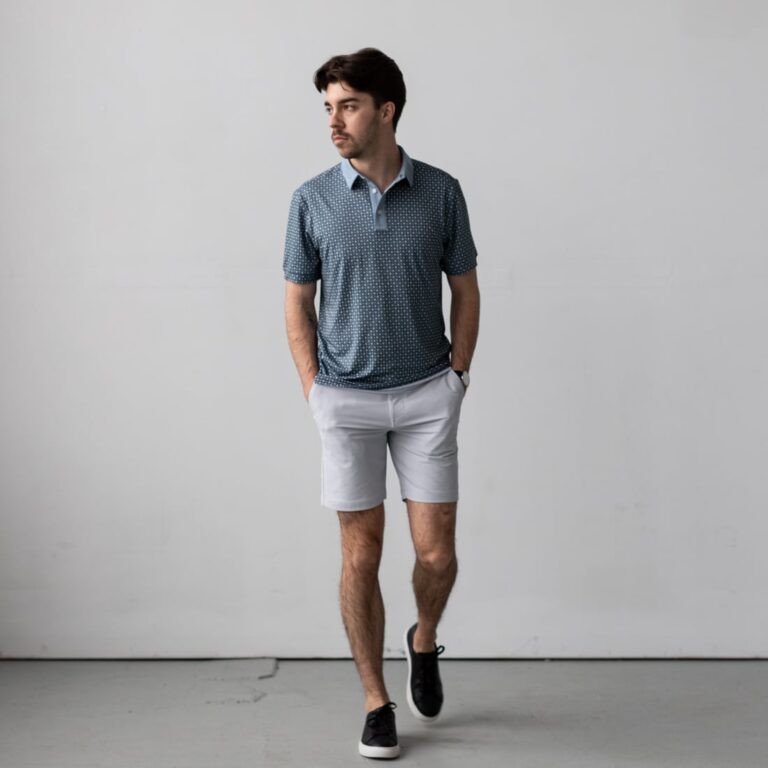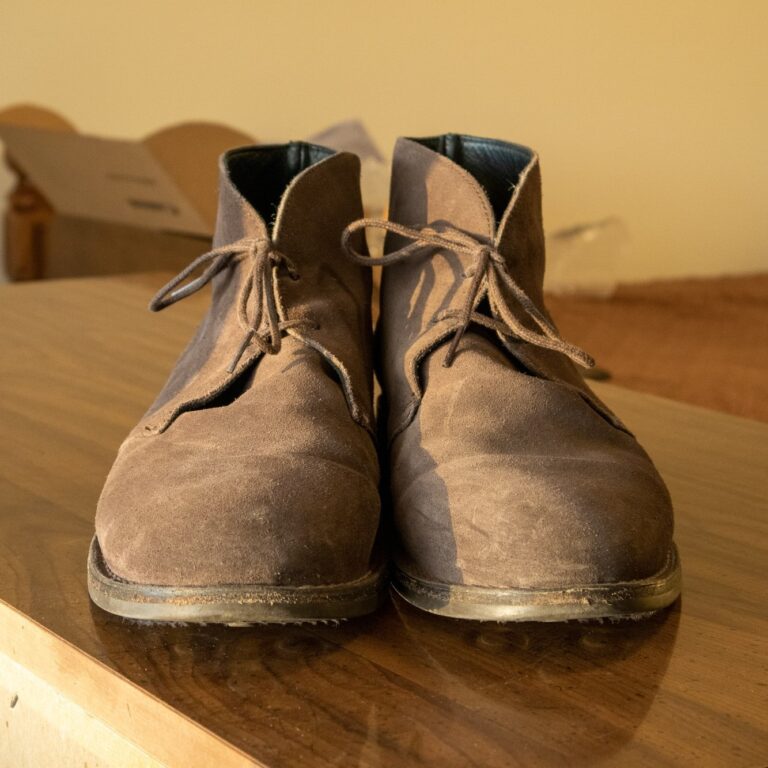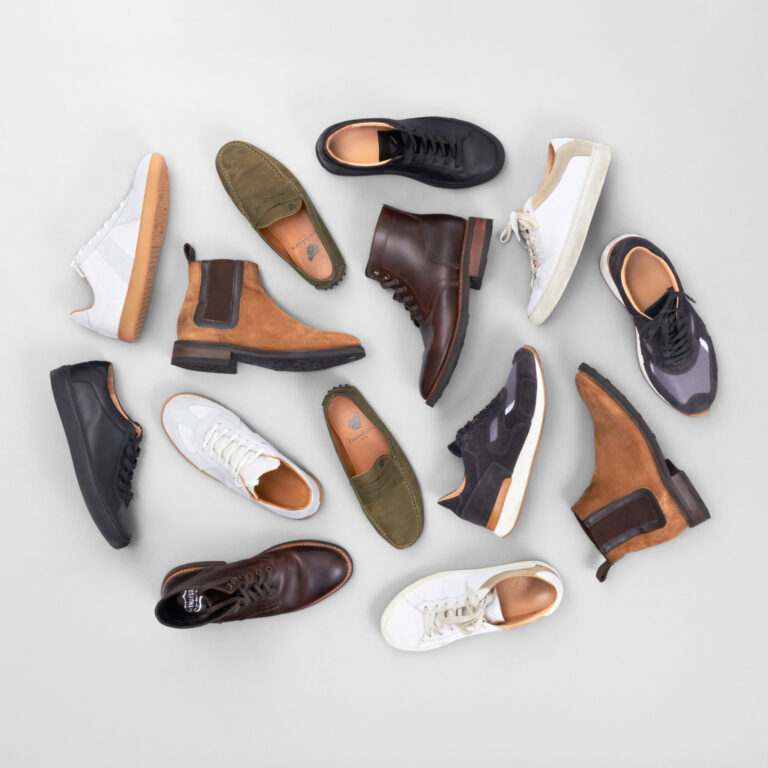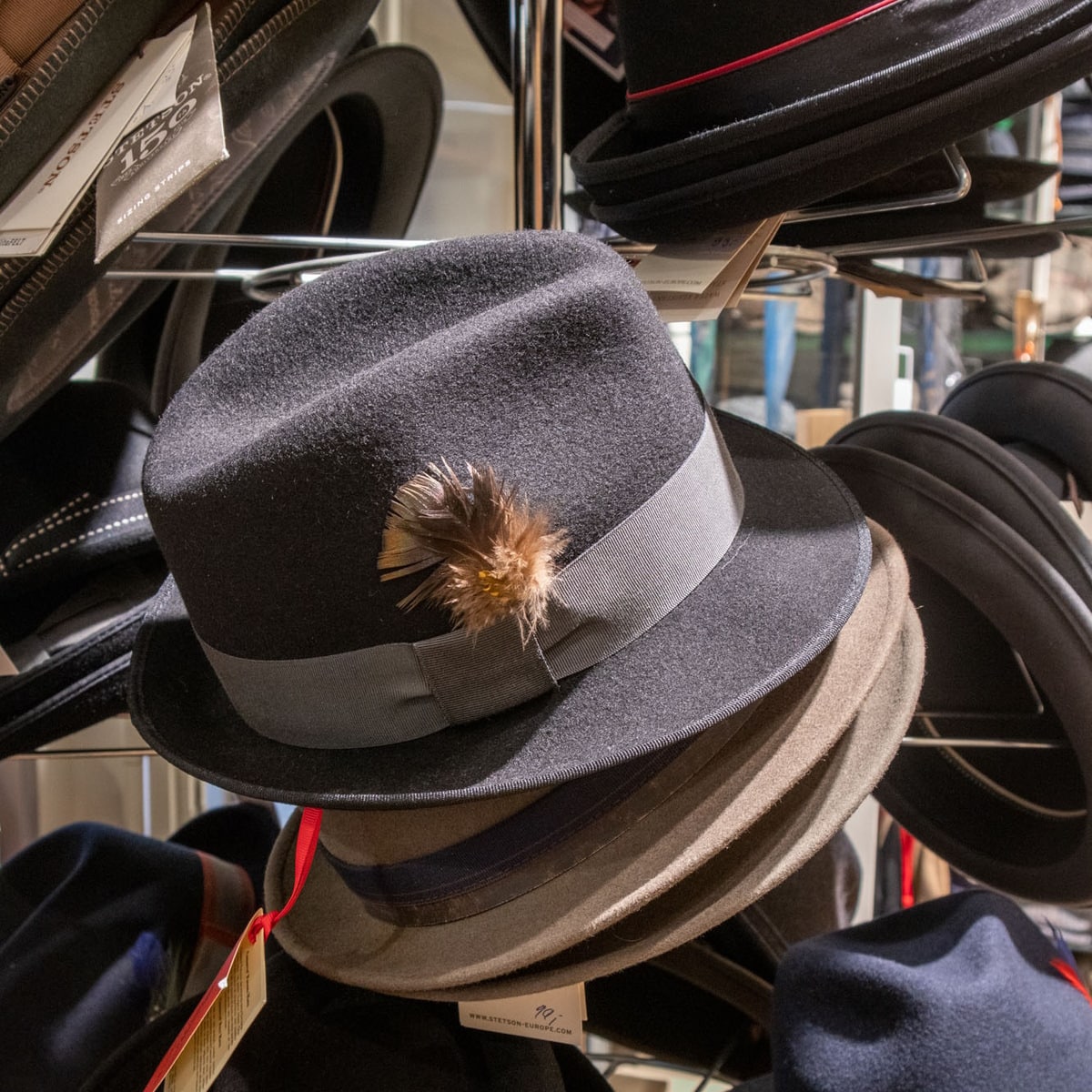
If you’re looking for some hat styles that you’ll actually wear, this guide is for you!

Frequently, you’ll see a picture of a celebrity that just looks stylishly complete without becoming fussy.
Many times, it’s because they’ve added a hat. The right hat can be practical, flattering, and the perfect accessory to complete an outfit.
It can enhance your looks and complement your silhouette and face shape while the wrong style or size will accentuate unflattering features.
Whether it’s a traditionally structured hat or merely a beanie or ball cap, wearing a hat with confidence just seems to make you stand a little taller. You don’t have to stick to just one hat or hat style.
A quick look at David Beckham, Brad Pitt, Justin Timberlake, Pharrell, or Bruno Mars will show them wearing a variety of styles.
There is more to hats than meets the eye, but with a little knowledge, you can master which styles will flatter you.
Hat Anatomy
While it doesn’t change your likes or dislikes, it helps to understand the anatomy and terminology used in describing hats because by varying the dimensions, the same basic structure can yield very different-looking results.
Most hats are comprised of a crown that is attached to the brim. Where they meet you’ll often find a hat band.
The crown shape is created by the crease (the indentation down the center), the dents, (indentations or dimples on the two sides toward the top of the crown), and the taper (the crown can either be the same width from the top to bottom or taper toward the top).
Some crowns will taper towards the front and be higher in the back; others are completely flat or uniformly rounded.
The brim of the hat surrounds the crown. It can be worn curled up, snapped down in front, back, both, or left horizontal.
The entire hat can be worn tilted to one side or to the front or back.
The exact same hat worn by two individuals can achieve very different styles by wearing them differently.
Independent of style, hats can be made of felted fur, leather, felted wool, woven wool, cotton, or straw. Fabrication doesn’t determine the hat type (with a few exceptions), rather the shape and structure are the determining factors.
The Most Popular Hat Styles
There are too many styles to describe each one in-depth, but we’ll cover the most popular types and mention similar styles. Please note: crown and brim dimensions can vary within each style — there aren’t necessarily definitive standard measurements.
Starting off, we’ll cover brimmed hats, then caps, followed by fur hats, and finally, unstructured hats such as beanies.
The Fedora
The fedora is one of the most popular styles because it flatters many faces and body shapes.
Fedoras can be made from felted fur or wool, leather, straw, and even canvas or woven wools. It has pinched sides and a lengthwise crease down the crown so the front is wedge-shaped.

The brim of a fedora is flexible so it can be curled or snapped down to suit your taste. The typical crown is 4.5” tall and they traditionally have a 2 ½” wide brim and wide ribbon band.
Fans of fedoras include Frank Sinatra, Humphrey Bogart, Bruno Mars, Colin Farrell, NeYo, Harrison Ford as Indiana Jones, and Justin Timberlake.
Fedora’s are hard to dress down, so I wouldn’t consider one unless I was a guy that wears a suit regularly.
The Trilby
Trilby’s have a similar crown shape as fedoras but the back is shorter than the front, creating an angle.

They’re typically worn with the brim snapped down in front and upward in the back which adds to the impression of a narrowing angle at the back of the hat.
The brim is usually smaller than fedoras — only an inch or so wide.
Traditionally made from felted rabbit fur, today you’ll see a variety of fabrications. They became very popular in the 1960s when their lower crown allowed them to fit in low-clearance cars.
The Panama
Despite what you’d think, Panama hats are not traditionally made in Panama but in Ecuador. The name came from their popularity with those crossing Panama to get to the California Gold Rush of the mid-1800s.
They are made with Toquilla straw that’s been used to create hats since the 1500s. The basic shape resembles fedoras, but Panama hats must be made of Toquilla straw. If you are interested in a more complete history and some hat choices, see The Complete Panama Hat History – Ultrafino or Inti Panama Hats
Top Hats
I know, I know, a top hat isn’t exactly the most likely hat type you’ll actually wear but hear me out.

It you’re ever so fortune to attend a white tie event, top hats are still a real option. Check out our article about dress codes for more on dressing for super formal events.
In E.R. Wahlman’s Hat Shop in Helsinki, Finland, top hats are still custom made, by hand.
In Finland, a top hat (along with a sword) is traditionally given to new Finnish PhD holders.

While most guys won’t ever have occasion to wear a top hat, if you’re like me you kind of wish they were still in vogue.
Deerstalker Hats (A.K.A. Detective Hats)
Wearing his deerstalker hat, Sherlock Holmes is instantly recognizable. This uncommon hat type is usually made from tweed and features double brims and ear flaps.

You’ll make a bold statement if you choose to rock this Victorian-era hat.
The Porkpie
The porkpie hat has a shortened, flattened top with a crease running along the inside of the top edge.
The brim is usually small and turned up around the edge. The porkpie’s structure comes from cotton canvas that is overlaid with silk, wool felt, or straw.
Buster Keaton initially popularized the style in the 1920s, and future actors perpetuated its legacy. Porkpie hats can be seen worn by Gene Hackman in The French Connection, Art Carney in The Honeymooners, Joe Pesci in Lethal Weapon, and Bryan Cranston in Breaking Bad.
Western Hats
Western or cowboy hats come in numerous styles with differing heights, taper, dents, crown shapes, and brim width.
Before John B. Stetson, a Philadelphia hatmaker, created the first cowboy hats in the 1860s, most men in the West wore leftover remnants of Civil War hats (sometimes including cap-like kepis), bowlers, or top hats from their lives in the East.
The wide brims of Western hats are practical. They offer protection from the sun and rain as well as act as a bowl for drinking water and a fan on hot days. The higher crown allows heat to accumulate during the winter months.
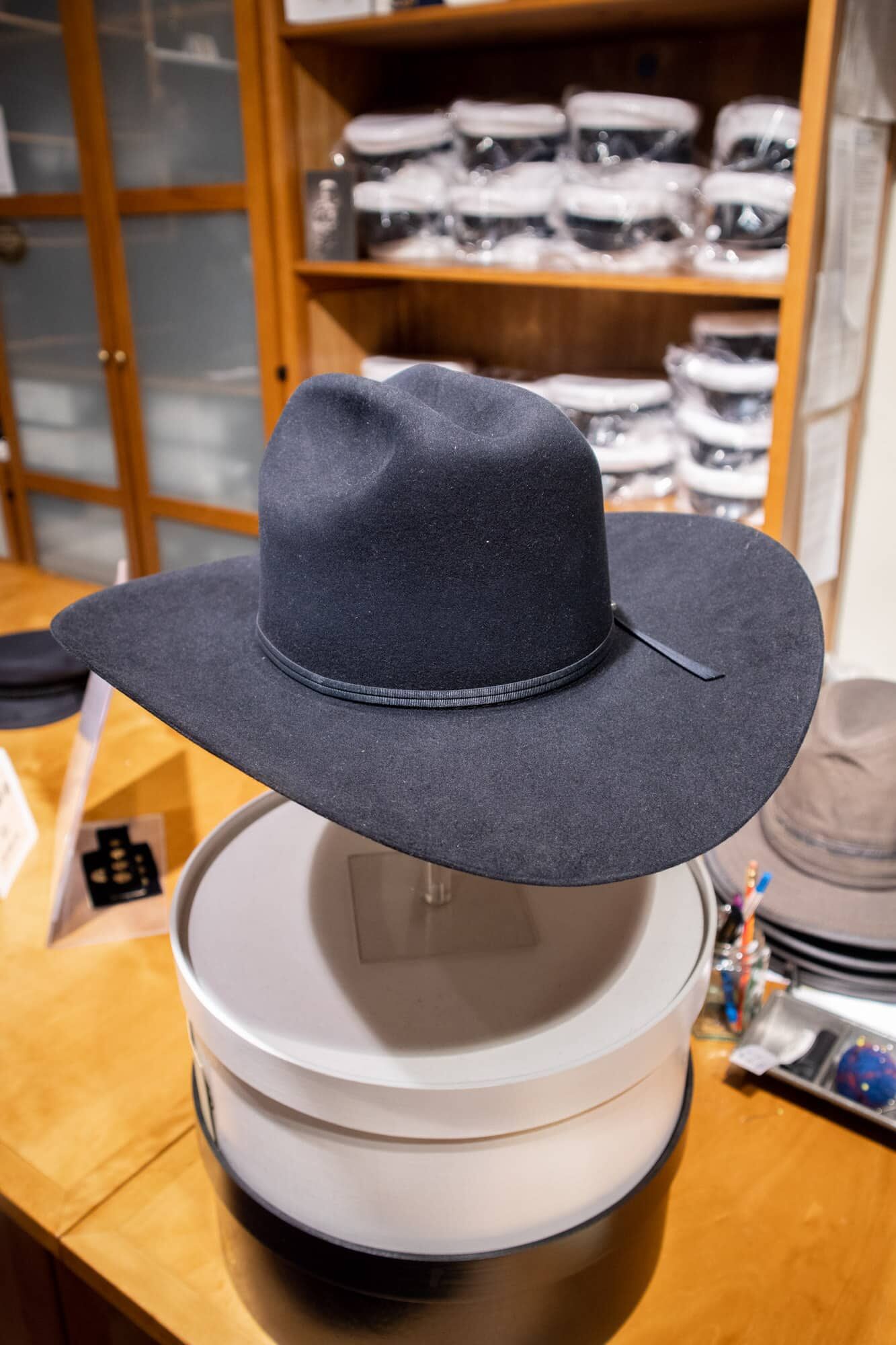
The cattleman is the most popular western hat design. It can be made from straw, felted wool, or felted fur such as beaver.
The Homburg
The Homburg has a creased crown but no pinches at the sides. The brim is much stiffer and generally narrower than fedoras (often finished with grosgrain ribbon) and is curled up all the way around.
Winston Churchill regularly donned Homburg hats to cover his premature baldness and add height. More recently, its popularity was rekindled by Marlon Brando and Al Pacino wearing them in the Godfather movies.
The Bowler (or Derby) Hat
Bowlers (or derby) hats have stiff, rounded domes and a crown with no creasing or pinching. The short brim is curled up at the sides.

While its origins are working-class (it functioned somewhat like a helmet due to it’s sturdy construction), it’s now often associated with the stuffy British look.
The Boater
The Boater is a straw summer hat with a flat top.

You may associate it with barbershop quartets and the Kentucky Derby.
This is a great hat to wear tilted for additional style.
The Bucket Hat
Bucket hats are making a comeback. They’re soft hats originally worn by Irish farmers and fishermen and are now popular with jungle soldiers and outdoorsmen (and Gen-Z influencers).

They are practical hats that cover more of the head and neck than other caps, are cool (often made of cotton or synthetic fabrics), and help shed water.
These crushable hats pop back into shape when you put them on and are versatile enough for most outdoor activities.
Fans include Justin Bieber, Sean Combs, and Pharrell. For more information: History of the Bucket Hat – The Rugged Society.
Baseball and Trucker Hats
Baseball and trucker caps have the same basic shape. Baseball caps have 6-8 panels attached at the top with a button and are made of cotton.
Trucker caps have foam-reinforced cotton/polyester front panels that are higher with mesh ventilation making up the back portion (no button).
Trucker caps started as a marketing tool in the early 1960s to advertise feed stores and businesses catering to truckers and mechanics.

Both types of hats have a stiffened visor/bill. While they do a good job keeping the sun out of your eyes, they don’t provide UV protection for your face, neck, and ears.
It’s estimated that 40 million baseball caps are sold yearly. There are many ways to style these hats, whether you wear them to the front, side, or back.
Flat Caps
Flat caps serve a couple of purposes, especially when you are dressing casually and don’t have the wardrobe or confidence to wear a structured hat.

They cover up bad hair days, provide warmth when needed, generally aren’t as expensive to purchase, and are certainly easier to store, yet still add a finishing touch to your outfit.
If you replace the single top piece with 6-8 panels and make it fuller with a button on top, you have a newsboy cap.

The paneled flat cap goes by many different names since its creation in 14th century England. The cap is composed of a flat panel and rounded shape attached to a hard brim in front which provides protection from sun and helps the cap keep its shape.
These were popularized in the late 19th century and have been periodically trendy with fans such as Paul Newman and Samuel L. Jackson.
They’re traditionally lined with silk or satin for added comfort and warmth. They can be made from wool, cotton, leather, or blends.
These caps are a favorite of David Beckman, Leonardo DiCaprio, Justin Timberlake, and Spike Lee (who seems to love most hats).
Fisherman Caps
The Fisherman cap has many names — the Greek fisherman’s cap, mariner’s cap, or skipper’s cap has a soft wool top and a short brim in the front.

You’ll probably remember it as the headwear of choice of Tevye in Fiddler on the Roof. It was also widely seen on the infamous Communist leader, Vladimir Lenin’s head in Soviet propaganda.
I bought one of these caps in Finland at Wahlman’s Hat Shop and I love it. In Finland, I wore my navy cap with with a black parka or overcoat. It kept my head warm when it when it was above freezing but still cold outside.
This cap is harder to pull of than a flat cap, but it’s still pretty versatile — just be careful wearing it with other nautical-themed pieces like a striped tee or pea coat to avoid looking like a walking stereotype. (Unless you own a boat, then you do you 🙂).
Ushanka Fur Hats
I like the cold. My whole life I’ve lived in cold places. Once when I was in Russia, I picked up a muskrat fur hat.

The Russian hur hat, commonly known as the ushanka, is always worn with the earflaps tied on top of the head. Not even when it was -40 degrees would I see Russian men with the flaps down.

Personally, I’ve worn the hat flaps down and I was overheating in -20 degrees. Yeah, these hats are that warm.
If you really want a hat that will get you through a night in the far north, I’d highly recommend a ushanka.
Astrakhan Fur Hats
Ushankas, however, aren’t the only classic fur hat option for men. The Astrakhan hat was originally worn by men in the cold steppes of Central Asia.
Then, during the Soviet era it was a popular alternative to the ubiquitous ushanka by political leaders and common Joe’s (better make that “common Ivan’s”) alike.

I’ve seen men in Russian and Finland sport an Astrakhan. I think the style is a good choice for a formal fur hat for those that are worried about the ushanka feeling a little bit too “costumy.”

However, the Astrakhan is quite a rare hat and you will stand out if you wear one.
Beanies and Watch Caps
Regardless of whether it goes by the name of toque, skullcap, watch cap, stocking cap, or beanie, these caps not only help keep you warm but have become a year-round fashion accessory.
The early versions were used to keep hair out of the face and keep you warm and dry while you worked.

For a short time in the 1940s, baseball caps usurped their status as a work accessory, but beanies have remained the favorites of students and many subcultures. The 21st century saw their reinstatement as a must-have accessory.
I own the beanie pictured above. I like that it’s a little more structured than normal. It works well with both casual outfits and formal double-breasted overcoats.
Made from a wool, polyamide and cashmere blend, it’s comfortable to wear all day long. The “handband” is adjustable so you can decide how much of your ears you want to cover.
For colder weather, you can use the earflaps hidden inside the back half of the hat. My friends say that when I wear the earflaps down I look like a medieval peasant — but hey, I’m a warm medieval peasant 😉 .
Other Hats With Ear Flaps
Speaking of which, several distinct hat styles always have ear flaps including Peruvian hats, ushankas, and trapper hats.

Peruvian hats usually have a pom of some sort on top and strings attached to the ear flaps. Knit versions often have striped patterns similar to Fair Isle sweaters.
Ushanka’s, as I’ve already mentioned, are traditionally made out of real fur and variations of which are commonly worn in Russia and parts of Northern Europe.
Trapper hats, lumberjack hats, or hunter hats are fleece or fur lined, often coming in Buffalo-plaid. These hats are often for warmth rather than style. Trapper hats are common in cold parts of North America.
Berets
A beret is a disk of felted wool that fits snuggly on the wearer’s head. Since felted wool is inexpensive and water-resistant, berets have been worn by the poorer classes from the 1500s on.
Black berets became a symbol of revolutionaries such as Che Guevara, Fidel Castro, and the Black Panthers but were also chosen by the military for their utility and because they hid oil stains.
Berets have also been a favorite of style mavens and artists such as Dizzy Gillespie and Pablo Picasso.
To read more about the extensive history of the beret, see The History of the Beret: How a Peasant’s Hat Turned into a Political Statement (mic.com) or The History of Berets & Why They’re So Much More Than Just a Hat (thezoereport.com).
How to Wear Hats (It Takes Confidence)
Some of these hats might seem a little too bold for your taste but others might be more your speed. Personally, while I find a fedora intimidating to wear, the Russian ushanka better fits my wardrobe and my needs.
Apart from beanies and baseball caps, wearing hats — especially in most places in the US — is going to attention to yourself.
Thus, you’ll need a certain confidence to wear a hat in public.
If you’re new to hats or you want to branch out from baseball caps and beanies, I’d recommend trying out a flat cap. In conservative colors and styles, they don’t draw too much attention, but aren’t necessarily something you’d see everyday.
Pro Tip: Visit a Specialty Men’s Hat Shop
If you’re serious about getting into hat wearing, I’d definitely recommend stopping by a specialty hat shop. There you’ll be able to try on a wide variety of hats and get expert opinions.

Special thanks to E.R. Wahlman Hatshop in Helsinki, Finland. This article isn’t sponsored, but I appreciate them allowing me to photograph their wide selection of hats.

If you’re ever in Helsinki, I highly recommend stopping by their downtown store.
Final Thoughts
There’s a hat for every occasion — whether formal or casual. It used to be that men wouldn’t leave the house without wearing some sort of hat regardless of their occupation.
Today, for most men, choosing to wear a hat is more of a fashion accessory choice that helps complete an outfit.
Not only do they create a polished look, but they’ll also hide hair issues, protect you from the elements, and highlight your favorite features while minimizing those you don’t love.
Wearing hats can help create the illusion of height because they draw the eye up towards your face rather than you’re lower half. For this reason, hats are an especially great accessory for short guys.
Shorter men who regularly use a variety of hat styles to enhance their look include Usher, Pharrell, Justin Bieber, Spike Lee, Bruno Mars, Scott Caan, and Frank Sinatra.
If you aren’t ready to commit to a formal hat, start experimenting with unstructured caps. Regardless of what style you choose, hats are likely to become a permanent part of your wardrobe.
What kind of hats do you wear? Let me know in the comments!
